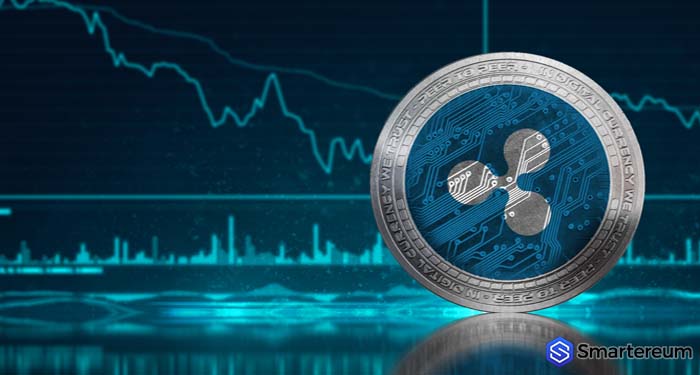


Meta-description: Non-fungible tokens (NFTs) revolutionized the world. However, due to various risk factors, it is important to minimize risk factors.
We can start with the advantages of non-fungible tokens (NFTs). People should keep in mind that NFTs are authentic.
The advantages of NFTs are reliant on the tokens’ uniqueness. Hopefully, it is impossible to make a counterfeit NFT due to the uniqueness of each token.
NFT creators can decide to issue a limited number of NFTs, making supply scarce and thus increasing their value.
It is desirable to read about Moody Krows NFT, if you love NFTs.
What you need to know is that the main advantage of non-fungible tokens is their proof of ownership. Because they are on a blockchain, NFTs help identify ownership with a single account. NFTs are also inseparable, making it impossible for them to be divided among different owners. Moreover, NFTs’ ownership advantage guarantees that buyers never have to worry about counterfeit NFTs.
One of the most significant advantages of non-fungible tokens is that they give content creators complete ownership over their creations. In the case of traditional publishing models, content creators often encounter problems with platforms that hog the profits and earning potential.
For example, digital artists who publish their content on these platforms make money through ads shown to the artists’ fans. Nevertheless, this money does not all go directly to the artist. Part of it goes to the platform instead. Occasionally, a bigger part, if not all of the profit, goes to the platform.
Hopefully, NFTs are also easily transferable. It’s easy to trade NFTs on certain markets with numerous options for trading. This makes it incredibly easy for buyers as well as sellers to move NFTs around without the fear of losing them or having them stolen.
What are the disadvantages of non-fungible tokens?
In certain scenarios, a group of hackers or even a single hacker can attack a DeFi network and steal large amounts of crypto by taking advantage of weak points in smart contracts.
The attack on Poly Network shows that smart contracts can put networks at risk for attacks if there are flaws in the code.
It is worth pointing out that one of the biggest challenges in the NFT market is evaluation. Unfortunately, a lot of uncertainty still surrounds NFT price determination as there are still no standards in place. While the price of non-fungible tokens is largely determined by things like uniqueness, creativity, and scarcity, the prices tend to fluctuate considerably.
We have to mention another critical problem. No legal definitions of NFT presently exist in any country. This is because there is still no international organization in charge of introducing regulations globally where NFTs are concerned.
So, due to the increased interest in NFTs, the need for a regulatory body is becoming more evident by the day. The applications for NFTs have evolved noticeably as well. There is an urgent need for a regulatory framework with well-defined rules as well as regulations in place in such a scenario.
It is tough to mention all risk factors in one article. As you can see, there is no lack of risk factors. So, it is desirable to pay attention to details concerning NFTs.
Carolyn Coley is a blockchain reporter. She joined Smartereum after graduating from UC Berkeley in 2018.









